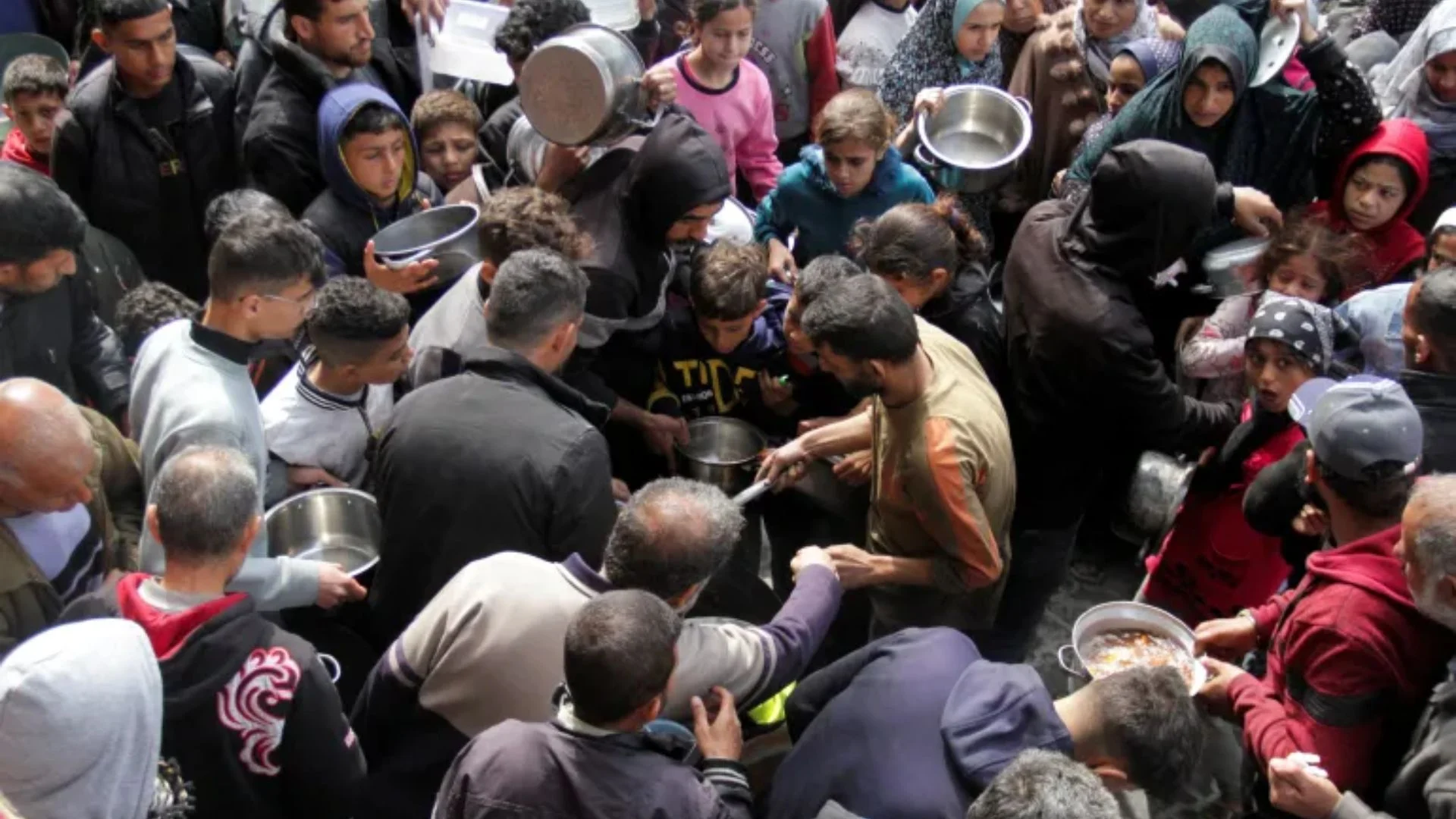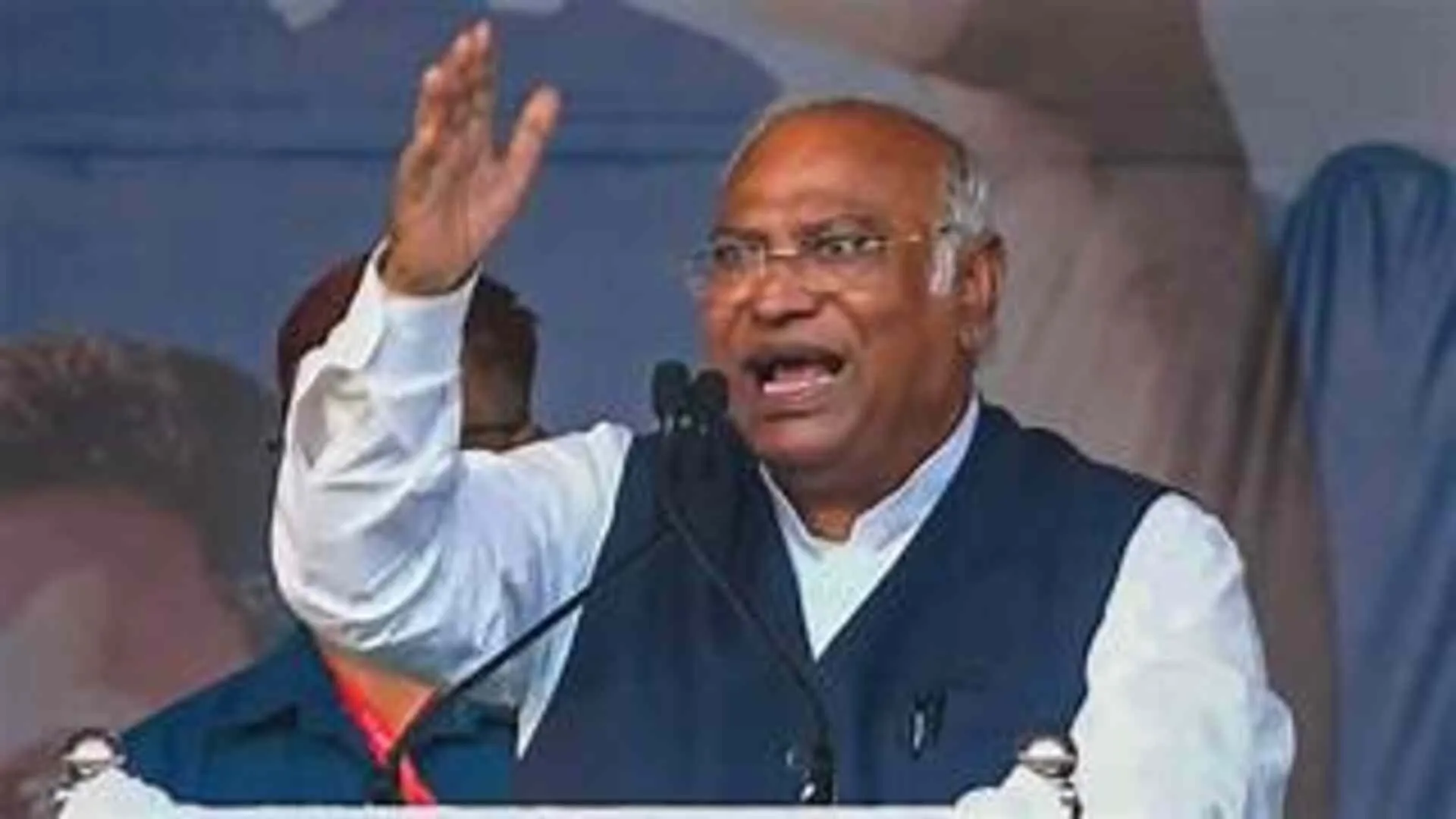In a high-level meeting today, Chief Secretary Atal Dulloo chaired a comprehensive review of the pace and progress of the World Bank funded Jhelum & Tawi Flood Recovery Project (JTFRP), emphasizing the need to make a robust plan for approximately Rs 140 crore in savings from the project’s budget.
The meeting, attended by key officials including the CEO of ERA and several principal secretaries, commissioners, and managing directors, focused on optimizing the utilization of funds and ensuring timely completion of infrastructure projects funded under the JTFRP.
Chief Secretary Dulloo underscored the importance of utilizing the savings from the project to address critical infrastructure needs in education, health, disaster management, and livelihood generation. He directed officials to identify and prioritize urgent projects that can be undertaken and completed before the December deadline, ensuring that the funds are effectively utilized for the betterment of the region.
Furthermore, he stressed the importance of inter-departmental coordination to ascertain urgent needs and enhance disaster management capacities across various sectors. Chief Secretary Dulloo emphasized the need for completing ongoing projects on time and ensuring that new projects are initiated promptly to meet the project’s deadline.
In her presentation, CEO of ERA, Dr. Syed Sehrish Asgar, provided an overview of the progress made under the JTFRP, highlighting the completion of 186 out of 213 sub-projects across different components. These projects encompass critical infrastructure reconstruction, road and bridge reconstruction, urban flood management infrastructure restoration, livelihoods strengthening, disaster risk management capacity enhancement, and contingent emergency response.
Dr. Sehrish also outlined the innovative initiatives introduced through the project, including the implementation of rigid pavement in roads, digital risk database preparation, construction of a semi-arched trussed bridge, establishment of schools with BALA (Building as a Learning Aid) features, development of the first state-of-the-art Emergency Operation Centre, and introduction of Green Hospital Building practices.
The JTFRP remains instrumental in augmenting and upgrading critical infrastructure and addressing the aftermath of natural disasters across districts in Jammu and Kashmir, contributing significantly to the region’s overall development and resilience.





















